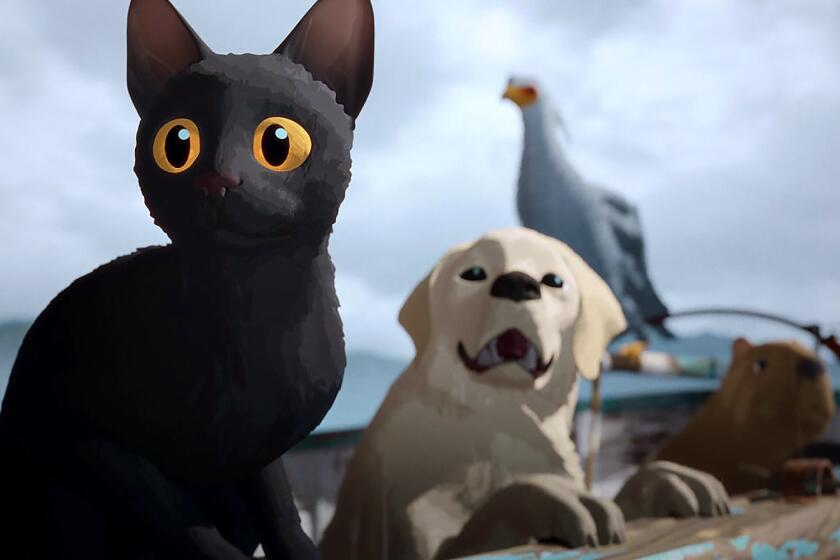Hell-raisers turned flag-raisers: the making of Marine heroes
My mother remembers standing on the platform in Washington D.C. in January 1945 as hordes of Marines boarded the train for Camp Lejeune in North Carolina. She was heading there, too, to reunite with the young officer she had married three months earlier.
She assumes the largely raucous group of Marines may have had a weekend’s leave in D.C. Or, maybe they were going to Lejeune for the first time. She remembers it being chilly at Lejeune and that she and 22-year-old Bud Parsons stayed in a boarding house with a heater in the hallway providing the only warmth.
While listening to her recall that moment the other night, even with the imprecision of 60 years on now, I couldn’t help but personalize those anonymous Marines on the train. Couldn’t help but wonder how many of them ended up the next month in the meat grinder that was Iwo Jima or the one later on Okinawa.
I’d asked Mom to reminisce because we were thinking of seeing “Flags of Our Fathers,” the movie about the Iwo Jima battle and the flag-raising on Mount Suribachi. As a young boy, I remember Dad telling the story of how he was injured at Lejeune when a howitzer fell on his wrist, how he missed the carnage of the final months of the war in the Pacific and how many of his fellow Marines shipped out and never came back.
You hear those stories as a boy, and they mesmerize you. Resplendent in their cloaks of heroism, those tales accompanied every baby boomer, especially the boys, into their formative years. I can’t remember when I first saw the famous photograph of the Suribachi flag-raising, but I’m almost certain it was in boyhood, and even if it wasn’t, I’m absolutely certain it’s as impressive to me now as it was then.
So, what better moment than Veterans Day to offer my two-cents’ worth on the controversy the current movie presents. The heart of the movie is that heroes aren’t necessarily those who end up in historic pictures, nor even those who through no wish of their own ended up in the battle. In its more unsentimental moments, the movie reminds us that making heroes out of non-heroes doesn’t honor them.
But even if it isn’t spelled out for us, the movie also reminds us that heroes exist and emerge from the pack of warriors who do extraordinary things in situations they couldn’t possibly have contemplated from the safety of civilian life. Sometimes we know who they are, but you wonder how many of them we never knew about.
Another element of the movie baffles me. It tells the story that the famous photo wasn’t really of the first flag raised on Suribachi, but of a replacement flag planted shortly after the first one had been taken down.
Apparently, the notion is that the grandeur of the moment may have been lessened because the timeless photo that energized America was that of a replay instead of an original.
I don’t get it. The photo of the second flag-planting wasn’t staged. It embodied exactly the same sentiment as the first, which is that of the valor and sacrifice of all those on the island.
Until the pre-movie publicity came out, I’d never known there was a second flag-planting. Now that I know it, it doesn’t diminish at all my visceral reaction to the photograph.
If there was an insult that came from the incident, it was the exploiting back in the United States of the soldiers who raised the second flag. The movie depicts that in rather harsh terms, but I can’t muster outrage over that, either.
For my money, the flag-raisers represented the young Marines and everyone else who gave whatever they had in the fight. I’m sure many were not necessarily heroic. I’m equally sure many were.
But for a battle like Iwo Jima, I’m not of a mind to put too fine a point on degrees of heroism.
In the last generation or so, we’ve seen some unpleasant elements of stagecraft and deceit connected to our wars. But on this Veterans Day, I’m thinking of a bunch of Marines in 1945 heading off to something they couldn’t possibly imagine. Party animals one month, survival animals the next.
With a U.S. body count of nearly 7,000 on Iwo Jima, there was nothing staged about that trip into hell.
Dana Parsons’ column appears Tuesdays, Thursdays and Saturdays. He can be reached at (714) 966-7821 or at dana.parsons@latimes.com. An archive of his recent columns is at www.latimes.com/parsons.
More to Read
Only good movies
Get the Indie Focus newsletter, Mark Olsen's weekly guide to the world of cinema.
You may occasionally receive promotional content from the Los Angeles Times.










